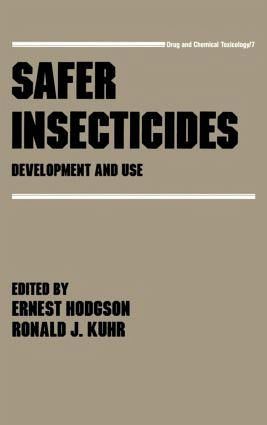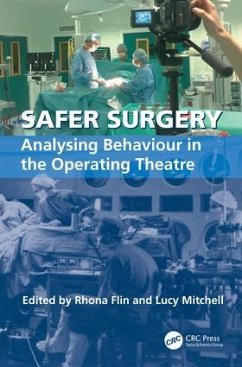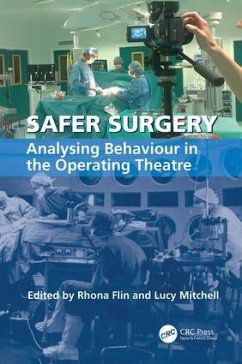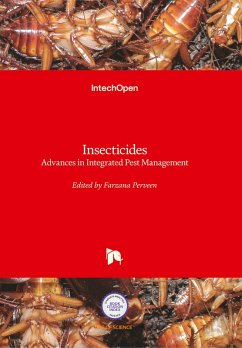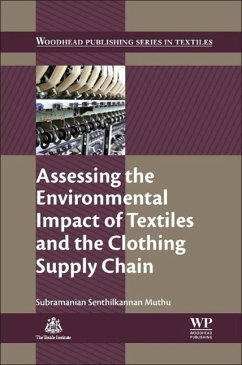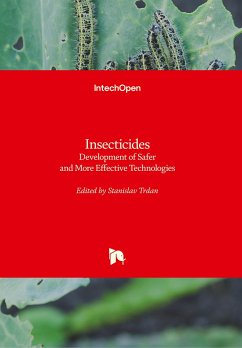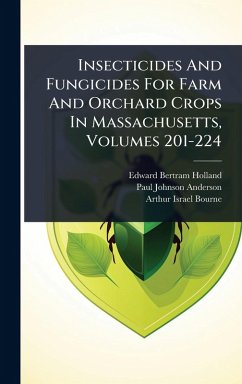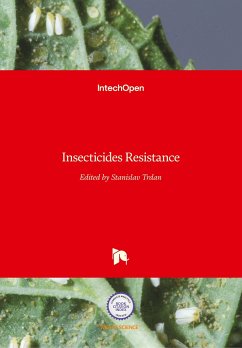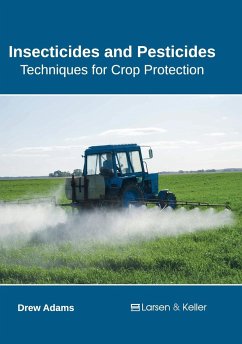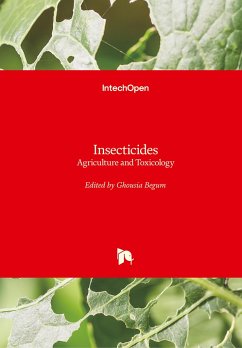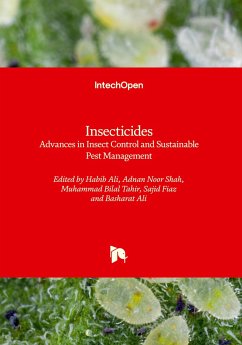ERNEST HODGSON is William Neal Reynolds Professor and head of the Department of Toxicology at North Carolina State University, Raleigh. The author of over 200 research articles and editor of almost 20 books, he is a member of the Society of Toxicology, American Society for Pharmacology and Experimental Therapeutics, American Chemical Society, International Society for the Study of Xenobiotics, Society for Environmental Toxicology and Chemistry, and Sigma Xi. Dr. Hodgson received the B.S. degree (1954) from Kings College, University of Durham, England, and Ph.D. degree (1960) from Oregon State University, Corvallis. RONALD J. KUHR is Associate Dean of the College of Agriculture and Life Sciences and Director of the North Carolina Agricultural Research Service at North Carolina State University, Raleigh. The author or coauthor of almost 40 research papers and coeditor of four books, he is a member of the Entomological Society of America, American Chemical Society, North Carolina Entomological Society, Sigma Xi, and Gamma Sigma Delta. Dr. Kuhr received the B.S. degree (1963) from the University of WisconsinMadison, and Ph.D. degree (1966) from the University of California, Berkeley.
